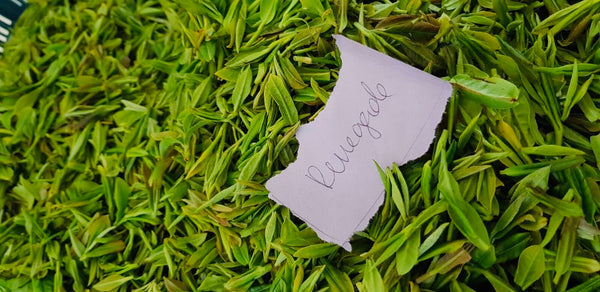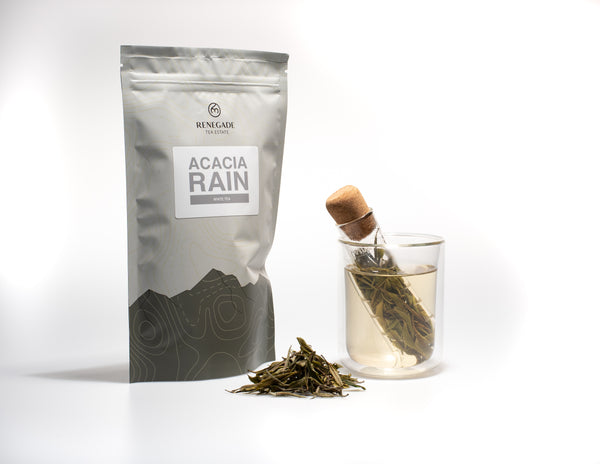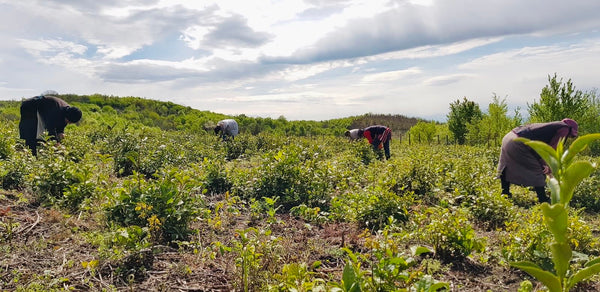White tea is most likely not everyone's cup of tea. It is one of the most delicate varieties of teas made from Camellia Sinensis and if you are after strong and bold tastes then most likely you are not going to find that in white tea. How white tea is made can come as a surprise as the making process is rather simple and fast.
White tea is usually made in early spring when tea bushes are getting their first fresh leaves. In the process of making white tea, the harvest is the most important part - to choose the finest and most delicate parts from the tea bush – a bud and one leaf.

Sweet, fruity and refreshing - main characteristics of white tea
As the plucking is made before the leaves are even fully open, they are covered by fine white hairs. This is also where the name of the white tea comes from. Those white hairs, by the way, protect the leaves from insects. First harvests during the spring are giving sweet, fruity and refreshing taste notes which are also the main characteristics for the white tea. The reason why spring teas are sweeter and more refreshing is because of the accumulation process of essential oils and amino acids that is happening during the wintertime when tea bushes are in a resting mode. It is also possible to make white tea during other seasons, but the characteristics will be surely different.
You need to act fast to get the best quality
After the harvest, the speed gets important. Freshly plucked leaves need to get to the bamboo trays to wither fairly quickly before the natural oxidation process starts. In general, the making of white tea is rather simple as there are only two processes besides the plucking – withering and drying. After withering for some hours, leaves are getting flaccid as the process is used to remove excess water from leaves. The withering process also allows for the development of aroma and flavour compounds in the leaves.
Last but not least, withered tea leaves need to be dried. Drying can be done in several forms – for example in a big oven or under the sun. This process is needed to get the moisture levels close to zero to avoid creating a perfect place for funguses and bacteria to live.
As a result, you will get a perfectly delicate tea, with a pale yellow colour and a sweet and refreshing taste.

One of the white teas of Renegade Tea Estate 2019 season - Acacia Rain
Why is white tea more expensive?
We get the question “why white tea is more expensive than other varieties of tea” quite often. The explanation is pretty simple. Firstly, the seasonal aspect - to get the best characteristics in white tea, it should be done during early spring which gives a quite short period to produce it. Secondly, the amount of resource which is needed for plucking is much bigger compared with other types of tea as the weight of a bud and one leaf is extremely small and also to “target” the correct part to pluck takes much more effort compared with the harvest for green-, oolong or black teas. For example, during one working day (8 h) an average plucker in our plantations manages to pluck around 600 g of fresh leaves. To make 1 kg of ready-made tea, you need around 4 kg of fresh leaves. To sum it up, even if the processing part is relatively easy, the needed work on the fields surely isn’t. If you would like to get more into the pricing topic, you can find a separate blog post about it HERE.
First harvest in Renegade Estate, April 2019
Written by Hanna


